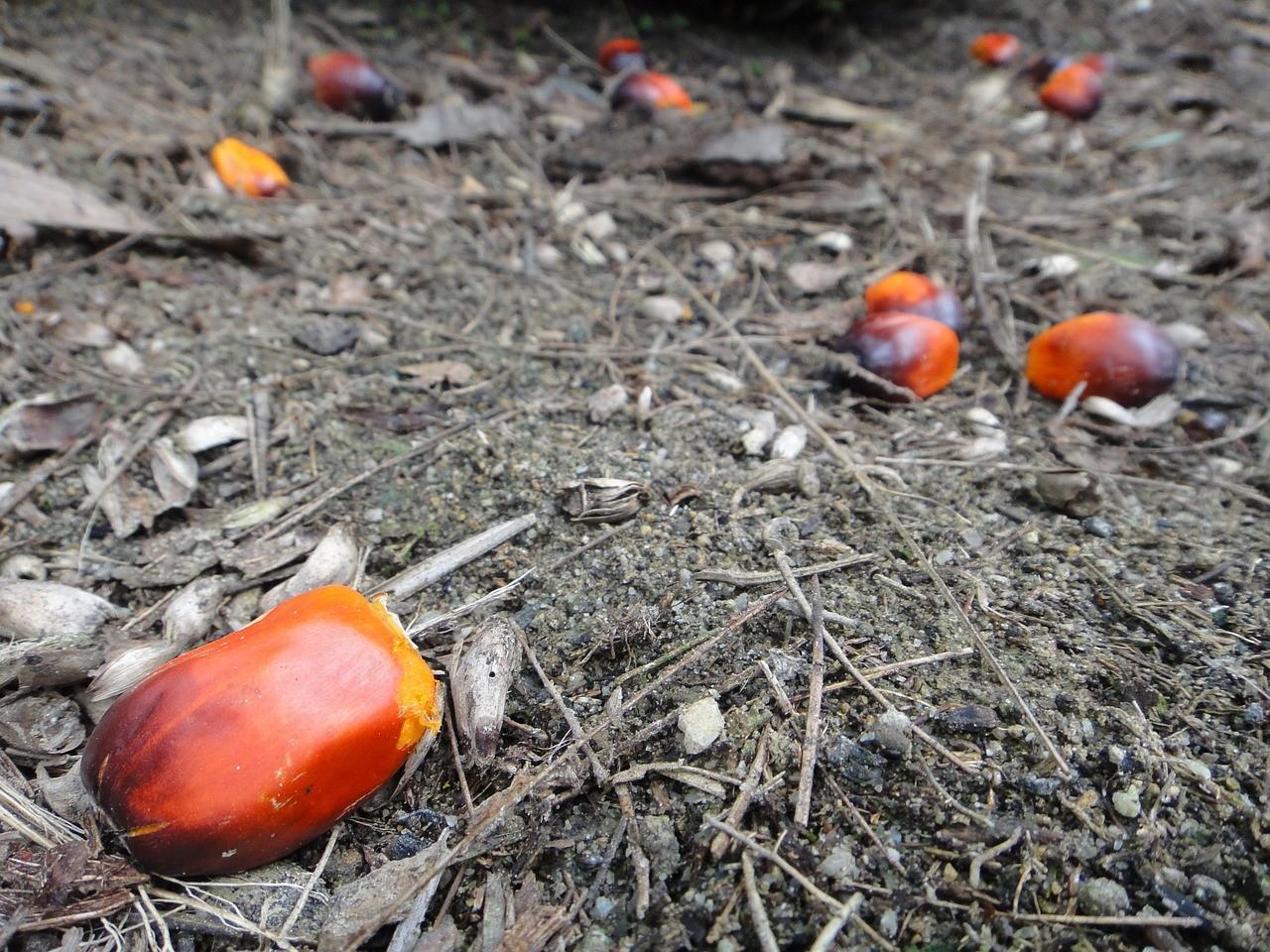
By Anuradha Wadhwani
According to an August 2015 report published by the USDA’s Foreign Agricultural Service, India's palm oil imports totaled 9.2 million tons, a spike of 200,000 tons over 2014 owing to a steep increase in the demand for vegetable oil.
India is the largest consumer of palm oil in the world. However, the world’s second most populous country also relies heavily on imports to satiate its thirst for palm oil – trading mostly with Indonesia, where environmental activists and conservationists are up in arms against the palm oil industry’s unbridled deforestation.
In India, while well over 90 percent of all palm oil is used for cooking, a small percentage is consumed by the personal care products and chemicals industries. Sustainably-produced palm oil forms only a negligible percentage of the total palm oil imported by India. Surprisingly, as the largest importer of palm oil, India has done little to influence a shift toward sustainably-produced palm oil.
India now wants to cut back on palm oil imports – at what expense?
The Indian government isn’t pleased about the country being the largest importer of palm oil globally. It wants to change the status quo by taking steps toward palm oil self-sufficiency. And it plans to do this by promoting oil palm cultivation on Indian soil. But as the country clears massive swathes of land for oil palm plantations, questions are now being asked about whether India will face the same deforestation problems as Indonesia.
Being a highly water-intensive plant, oil palm is unsuitable in regions where the monsoon is erratic. Additional investments in irrigation will thus become an unavoidable cost for the farmer – if not immediately, then certainly in the next few years. In a country with 220 million rural poor, even the slightest cost additions can impact livelihoods. The government, on its part, has already earmarked $50 million for incentives and subsidies to farmers under the Oil Palm Area Expansion (OPAE) program introduced in 2011-2012, and a thrust on sustainability doesn’t figure prominently in this program. At least, not yet.
This has compelled activists to believe that India may not put sustainability at the forefront while promoting oil palm cultivation.
However, there’s reason to believe that sustainably produced palm oil might gain more attention in the coming years – especially if the rise in the number of Indian palm oil producers signing up as members of the Roundtable on Sustainable Palm Oil (RSPO) is any indicator.
According to the RSPO website, the organization had 43 Indian members as of September 2015. This number has progressively increased every year, indicating that more and more Indian companies are willing to go that extra mile to ensure that certified sustainable palm oil reaches the market.
What is stopping more Indian companies from opting for certified sustainable palm oil?
In a country where over 20 percent of the population still lives in poverty, even a marginal increase in prices can cause consumer behavior to change. As the Indian agriculture industry takes its first steps into large-scale palm plantations, it knows that Indian consumers don’t care as much about deforestation as they do about their monthly budgets. Unlike countries in the West, unsustainably-sourced or -produced palm oil will still be consumed in India, especially if it’s cheaper than the certified sustainable alternative. It can thus be assumed that till the time the focus remains on the domestic market, certified sustainable palm oil will continue to form only a very small percentage of Indian palm oil production.
However, with India’s presence in the RSPO increasing and many Indian palm oil producers supplying to leading corporations such as Unilever, a sweeping change can certainly be expected in the not-so-distant future.
Image credit: Pixabay
Having extensively worked as a journalist with leading national dailies in India, Anuradha Wadhwani now writes for Transparency Market Research, a market intelligence firm. Anuradha is passionate about tracking (and questioning!) market trends across areas such as sustainability, innovative materials and chemicals.
TriplePundit has published articles from over 1000 contributors. If you'd like to be a guest author, please get in touch!














